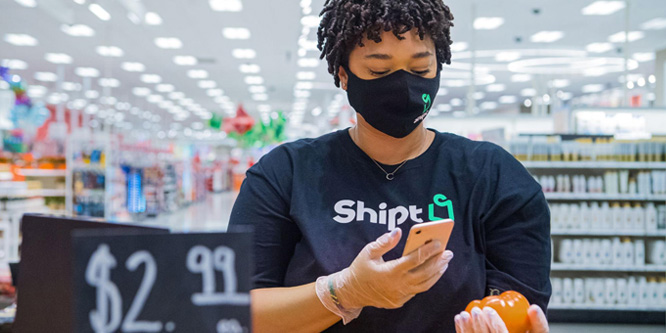I POSTED THE FOLLOWING commentary this morning on RetailWire.com as part of a discussion, Can Online Shopper Metrics Be Brought to Stores? I believe online innovation has influenced expectations in the bricks and mortar world. Now stores are poised to deliver sensing that online players can’t ever provide.
I must disclose a recent, prior influence. This post appears just a few days after I made a very informative visit to eTailWest in Palm Springs. Talking with vendors on the exhibit floor, I was struck by their degree of online-only thinking. Innovative analytics tools abounded, but bricks & mortar perspective was in relatively short supply. Since 90% of retail sales still take place in stores, some balance is in order.
Here’s my take:
Online metrics have certainly raised the bar, but in-store sensing will bring its own particular nuances—in some ways surpassing online practices.
The In-Store Implementation Network identifies five senses of in-store: Demand, Items, Messages, Employees and Shoppers. DIMES is part of this 2011 workshop. If you are in a rush, click forward to slide #22:
Tracking shopper movement within the physical store is only one element of the Shopper term of the equation, as I see it.
The present discussion drills deeper into shopper data alternatives—to consider whether tracking mobile phones is a better choice versus analyzing security video versus installing special-purpose video networks versus tracking transponders mounted on shopping carts. (Have we totally given up on electric eyes and grad students with clipboards?)
Further choices include: Do we analyze whole paths or stick to zones? Do we infer shopper demographics from video images? Do we mesh tracking data with POS transaction data?
However data is captured, appropriate analytics must be applied to extract managerially useful insights. The outputs must be timely and in a format that is accessible to decision-makers.
This is a lively sector for our business. With many competitors vying to be the industry standard, I can only offer some general advice:
#1 – Don’t assume comprehensive understanding of your shoppers based solely upon path tracking data
#2 – Never install more technology than is needed to achieve the desired objective
#3 – Expect best practice to change rapidly in this arena
#4 – Results will vary a lot based on channel of trade
[Tenser excerpt from “
Can Online Shopper Metrics Be Brought to Stores?” discussion on RetailWire.com, Feb. 5, 2013.]
© Copyright 2013 James Tenser



